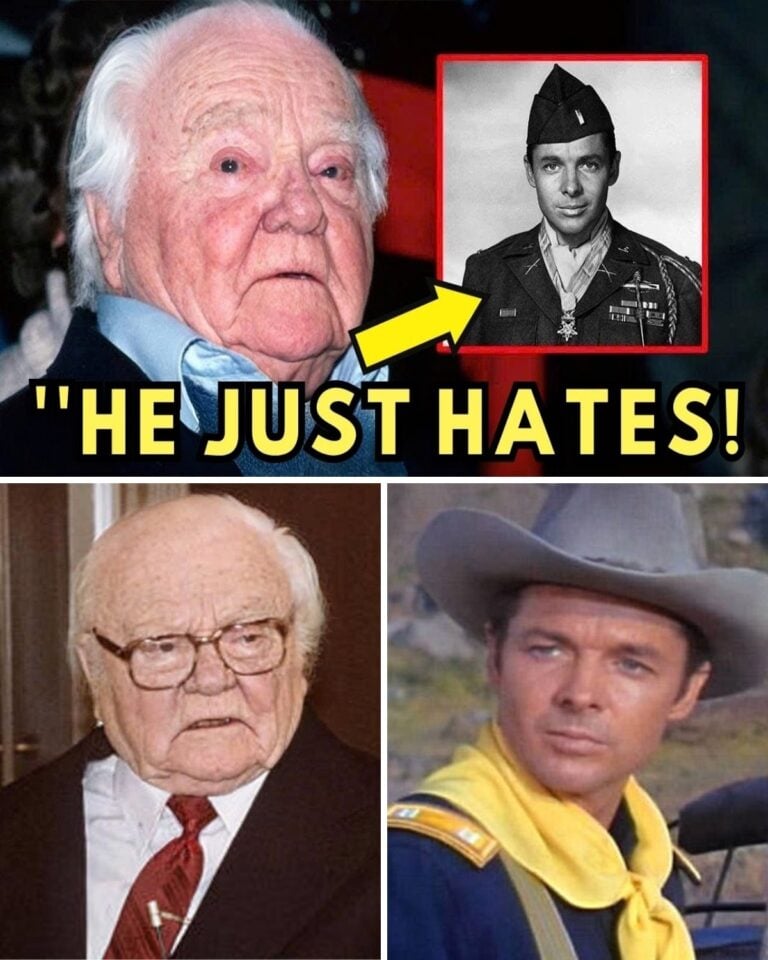After 54 years of speculation, dead ends, and conspiracy theories, the case of D.B. Cooper — the man who vanished midair with $200,000 in ransom money — may finally be nearing its shocking conclusion. In a discovery that could rewrite one of America’s most enduring mysteries, aviation expert Dan Grider claims to have unearthed a parachute directly linked to the infamous 1971 hijacking, potentially revealing the true identity of the man behind the legend.

The parachute, found hidden inside a storage unit once owned by the family of Richard McCoy Jr., may be the missing piece investigators have sought for half a century. McCoy, a decorated Vietnam veteran and skilled skydiver, has long been one of the most credible suspects in the D.B. Cooper case — and this latest revelation could finally tie him to the crime once and for all.
On November 24, 1971, a man identifying himself as “Dan Cooper” hijacked Northwest Orient Flight 305 from Portland to Seattle. Calm, polite, and methodical, he handed the flight attendant a note claiming he had a bomb, demanded $200,000 in cash and four parachutes, and successfully ransomed the airline. After releasing the passengers in Seattle, he ordered the crew to fly toward Mexico City. Somewhere over the forests of the Pacific Northwest, in stormy darkness, he jumped from the rear stairway and disappeared — forever.
For decades, the FBI chased leads that went nowhere. In 1980, a boy camping with his family on the banks of the Columbia River stumbled upon rotting bundles of $20 bills, later confirmed to be part of Cooper’s ransom. Beyond that, nothing — no parachute, no body, no trace. The FBI officially closed the case in 2016, calling it one of the most exhaustive investigations in its history.

But Grider’s discovery has reignited the investigation — and the imagination of millions. The parachute he found is described as a highly modified military rig, identical in design to the one issued to “Dan Cooper” by Seattle authorities on that fateful night. Even more compelling is an accompanying logbook, allegedly belonging to McCoy, documenting dozens of parachute jumps made during the early 1970s. “Everything lines up,” Grider stated. “The materials, the stitching, even the harness fittings — they match the FBI’s original descriptions exactly.”
McCoy’s connection to the Cooper case has always hovered at the edge of myth and fact. In April 1972, just five months after Cooper’s heist, McCoy hijacked United Airlines Flight 855 using an almost identical method — a note, a bomb threat, and a jump from the rear of a Boeing 727. He was caught two days later, convicted, and later killed in a shootout with the FBI in 1974 after escaping from prison. Many have long believed McCoy was Cooper himself, simply repeating his original crime — this time unsuccessfully.

Now, with DNA testing underway on fibers from the recovered parachute, the FBI may finally have the forensic proof it lacked in 1971. If a match is confirmed, it would not only close one of the longest-running cold cases in U.S. history but also transform McCoy from a copycat to the original mastermind — the real D.B. Cooper.
The revelation has sent shockwaves through the true-crime community, with online forums and news outlets buzzing with renewed speculation. Was McCoy acting alone, or did he have help? Did he survive the jump and live quietly under a new identity? Or did the man known as D.B. Cooper perish in the wilderness, leaving behind only fragments of his legend?
For now, the FBI remains silent, refusing to comment while testing continues. But insiders suggest an official statement could be imminent — and that it may finally confirm what many investigators have long suspected.
If true, this discovery would close the curtain on one of the most audacious crimes in American history — a mystery that has haunted investigators, inspired countless theories, and fascinated generations. Yet, even as answers emerge, one question remains as haunting as ever:
Did D.B. Cooper beat the odds — or did his legend simply outlive him?





